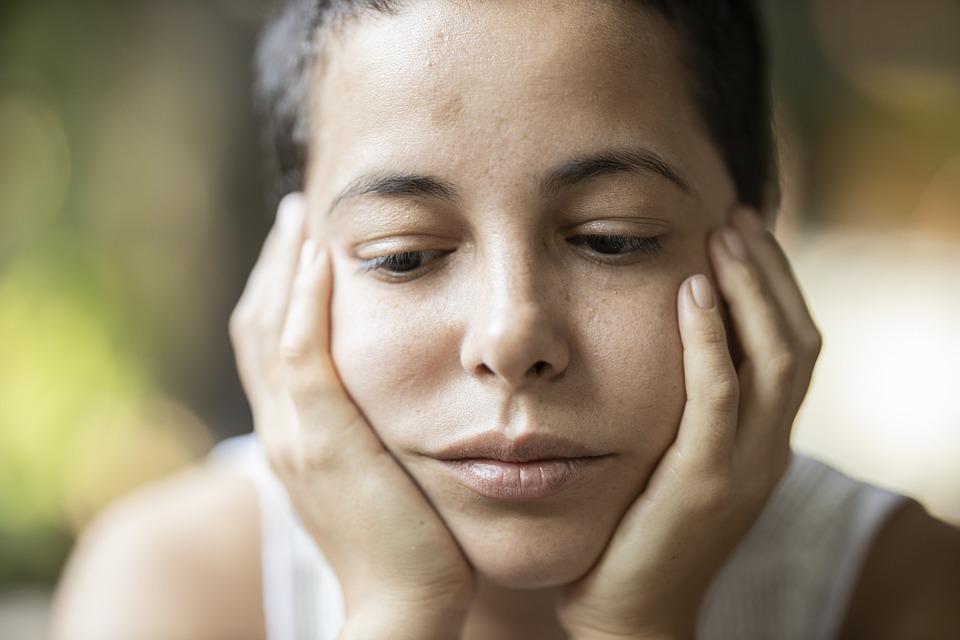Depression in Children and Adolescents
Depression is a mood disorder that can affect people of all ages, including children and adolescents. It is a serious illness that can have a significant impact on a child’s life and development if not properly addressed. In this article, we will discuss the causes, symptoms, and treatment of depression in children and adolescents.
Causes of Depression in Children and Adolescents
Depression can be caused by a combination of genetic, environmental, and psychological factors. Children and adolescents may be more vulnerable to depression due to a range of factors such as:
- Family history of depression or other mental health issues
- Traumatic events such as abuse or the death of a loved one
- Stressful life events such as divorce, moving, or academic pressure
- Chronic illness or disability
- Social isolation or lack of social support
- Poor sleep habits, diet, or exercise
- Hormonal changes during puberty
Symptoms of Depression in Children and Adolescents
Depression in children and adolescents can manifest in a variety of ways, and it’s important for parents and caregivers to look out for signs and symptoms. Some common symptoms of depression in children and adolescents include:
- Feelings of sadness, hopelessness, or helplessness
- Lack of interest in activities they used to enjoy
- Changes in appetite or sleep patterns
- Fatigue or lack of energy
- Irritability or anger
- Social withdrawal or isolation
- Difficulty concentrating or making decisions
- Low self-esteem or feelings of worthlessness
- Reckless behavior or self-harm
Treatment of Depression in Children and Adolescents
Depression is a treatable condition, and early intervention is crucial for long-term recovery. Treatment for depression may include:
Psychotherapy
Psychotherapy, also known as talk therapy, is the most common treatment for depression in children and adolescents. This type of therapy involves talking with a mental health professional to identify and address negative thoughts and behaviors that contribute to depression. Psychotherapy may include cognitive behavioral therapy (CBT), interpersonal therapy (IPT), or family therapy.
Medication
In some cases, medication may be prescribed to treat depression in children and adolescents. Antidepressant medications, such as selective serotonin reuptake inhibitors (SSRIs), may be helpful for severe cases of depression. However, medication should always be used in combination with psychotherapy and under close supervision.
Lifestyle Changes
Lifestyle changes can also be an effective way to manage depression in children and adolescents. Encouraging healthy habits such as regular exercise, a balanced diet, and adequate sleep can help improve mood and reduce symptoms of depression. Additionally, fostering a supportive and nurturing environment can help children and adolescents build resilience and cope with stressors.
Preventing Depression in Children and Adolescents
Preventing depression in children and adolescents involves creating a positive and healthy environment that promotes emotional well-being. Parents and caregivers can take steps to prevent depression in children and adolescents by:
- Encouraging a healthy and active lifestyle
- Providing emotional support and fostering strong relationships
- Modeling positive coping strategies and problem-solving skills
- Encouraging open communication and expressing emotions in a healthy way
- Ensuring access to mental health resources and seeking professional help as needed
Final Thoughts
Depression in children and adolescents is a serious condition that requires prompt attention and appropriate treatment. Parents and caregivers can play a critical role in identifying the symptoms of depression and seeking professional help for their children. With proper support and treatment, children and adolescents with depression can recover and lead happy and healthy lives.
FAQs
FAQs about Depression in Children and Adolescents
What are the common symptoms of depression in children and adolescents?
The symptoms of depression in children and adolescents may include a persistent feeling of sadness, hopelessness, or worthlessness, loss of interest in activities they previously enjoyed, changes in appetite or sleep patterns, fatigue, difficulty concentrating, and thoughts of self-harm or suicide. It is important to recognize these symptoms early and seek help from a healthcare professional.
How is depression in children and adolescents treated?
Depression in children and adolescents can be treated with therapy, medication, or a combination of both. Cognitive-behavioral therapy is a common treatment option that helps individuals change negative patterns of thinking and behavior. Medication, such as antidepressants, may be prescribed in some cases, but it is important to work with a healthcare professional to determine the best course of treatment.
What can parents and caregivers do to support a child or adolescent with depression?
Parents and caregivers can support their child or adolescent with depression by listening to them, validating their feelings, and providing a safe and supportive environment. Encouraging healthy habits such as exercise, sleep, and a balanced diet can also be helpful. It is important to seek professional help if symptoms persist or if the individual expresses thoughts of self-harm or suicide.
References
1. Brent, D. A., Weersing, V. R., & Depressive Disorders Subcommittee of the American Academy of Child and Adolescent Psychiatry. (2005). Guidelines for adolescent depression in primary care (GLAD-PC): I. Identification, assessment, and initial management. Journal of the American Academy of Child and Adolescent Psychiatry, 44(11), 1124–1139.
2. Lewinsohn, P. M., Rohde, P., & Seeley, J. R. (1998). Major depressive disorder in older adolescents: Prevalence, risk factors, and clinical implications. Clinical Psychology Review, 18(7), 765–794.
3. Thapar, A., Collishaw, S., Pine, D. S., & Thapar, A. K. (2012). Depression in adolescence. The Lancet, 379(9820), 1056–1067.
